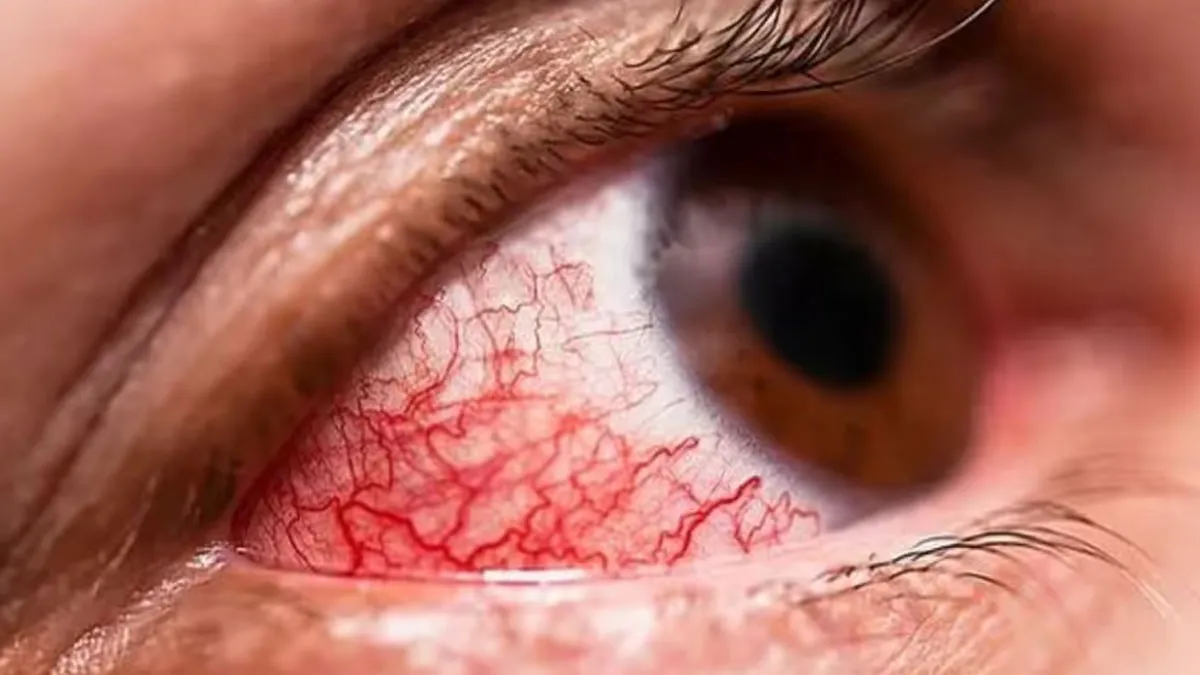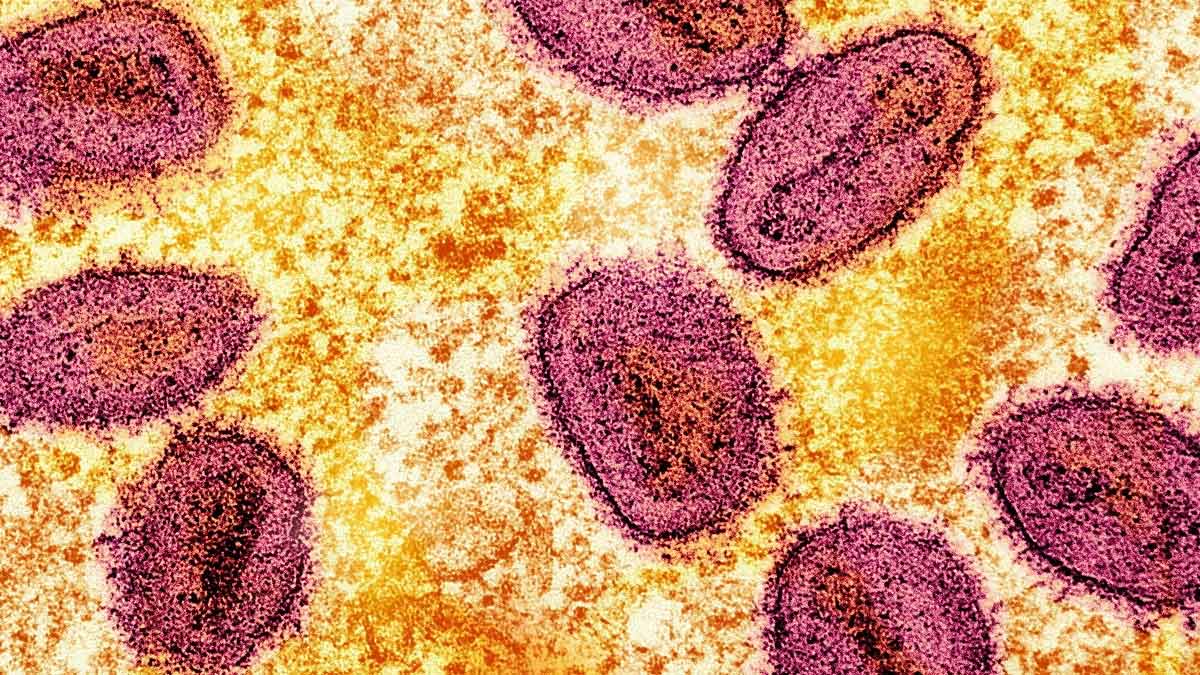
The world is once again on alert as the Marburg virus, commonly referred to as the "bleeding eye" virus, claims 15 lives in Rwanda and is suspected to have infected hundreds more. A warning has been issued to travellers regarding its spread, alongside concerns about other diseases like mpox and Oropouche fever. Here's what you need to know about this dangerous pathogen, its symptoms, and preventive measures.
Table of Content:-
What is the Marburg Virus?
The Marburg virus, a close relative of the Ebola virus, is a highly infectious pathogen transmitted from fruit bats, its natural hosts, to humans. Human-to-human transmission occurs through direct contact with bodily fluids like blood, saliva, or urine from infected individuals.
Originating in Africa, the virus has gained its eerie nickname, "bleeding eye" virus, due to one of its most severe symptoms—bleeding from the eyes, along with other forms of haemorrhaging.

How Dangerous is the Virus?
Marburg is a deadly virus with mortality rates ranging from 24% to 88%, depending on the strain and the availability of quality medical care. Once infected, the onset of symptoms is rapid, and the disease can escalate quickly without proper intervention.
Symptoms begin with high fever, severe headaches, muscle pain, and fatigue. As the infection progresses, patients may experience vomiting, diarrhoea, abdominal pain, and in severe cases, internal bleeding, shock, and organ failure. The World Health Organization (WHO) describes individuals in advanced stages of the disease as appearing "ghost-like," with deep-set eyes, drawn features, and extreme lethargy.
Also Read: Polio Cases Surge In Pakistan: Total Reaches 55 In 2024 With 3 New Infections Reported
Symptoms of the 'Bleeding Eye' Virus
The initial symptoms resemble those of other viral illnesses, which can delay diagnosis and treatment. These include:
- Fever and chills
- Severe headaches
- Muscle and joint pain
- Sore throat and rash
As the disease advances, more severe symptoms can appear, such as:
- Vomiting and diarrhoea, often with blood
- Bleeding from the eyes, nose, and mouth
- Unintended weight loss
- Confusion and dizziness
In extreme cases, organ failure and hemorrhagic fever can result, leading to death.

Containment Efforts in Rwanda
Rwanda has taken swift action to contain the outbreak, including isolating infected individuals and conducting extensive contact tracing. These measures are critical, as the virus spreads rapidly in communities without strict containment protocols. Public health officials emphasize the importance of hygiene practices and protective equipment for healthcare workers to limit transmission.
Is There a Cure?
Currently, there is no specific antiviral treatment or vaccine for the Marburg virus. Supportive care, including rehydration and managing symptoms, remains the cornerstone of treatment. Efforts are underway globally to develop effective therapies, including experimental vaccines and immune-based treatments. However, these are still in the early stages of clinical trials.
Also Read: First Case Of Japanese Encephalitis Confirmed In Delhi: Know All About It
In the meantime, prevention is key. Public health guidelines stress the importance of isolation, protective gear, and educating communities about the virus's symptoms and transmission routes.
The Global Imperative
The Marburg virus serves as a stark reminder of the need for robust healthcare systems and international collaboration in combating infectious diseases. While Rwanda's response has been commendable, the outbreak highlights vulnerabilities in global disease surveillance and containment.
Until vaccines and targeted treatments become widely available, raising awareness and strengthening preventive measures will remain essential in curbing the spread of this deadly virus.
Bottomline
With 15 lives already lost and many more at risk, the "bleeding eye" virus demands urgent attention. Vigilance, early detection, and coordinated global efforts are critical to preventing further devastation. Public health agencies worldwide must continue working toward effective solutions to eradicate this deadly disease.
Also watch this video
Read Next
‘Brain Rot’ Named Oxford Word Of The Year 2024: What It Means And Its Impact On Gen Z And Gen Alpha
How we keep this article up to date:
We work with experts and keep a close eye on the latest in health and wellness. Whenever there is a new research or helpful information, we update our articles with accurate and useful advice.
Current Version